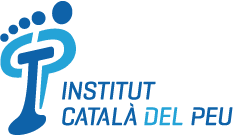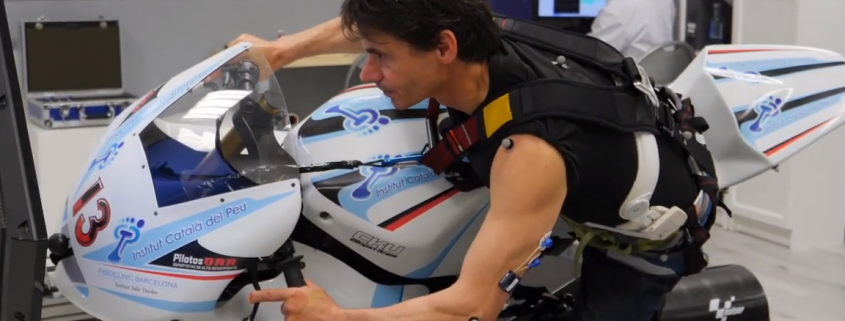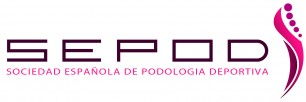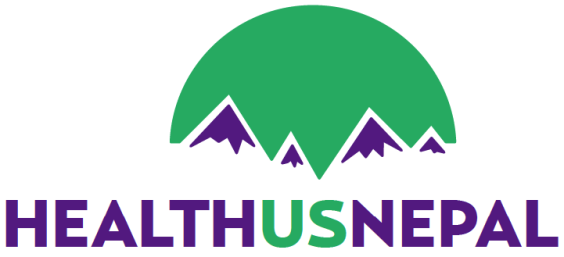ÀLEX CRIVILLÉ TELLS US ABOUT HIS FEELINGS IN THE SIMULATOR WITH BRAKING.
We show with this video by Àlex Crivillé the way we make simulation tests of speed motorcycling riding to profesional riders. We tell you what they are involved and the significance it has for riders a biomechanical survey of simulation of dips and, particularly of brakings.
We use a pioneering technology, highly sophisticated like 3D Vicon photogrammetry system and the Surface muscular electromyography.
Thank to this technology it is posible to get different parameters, like for example, speeds, accelerations and positions of piston rings, trajectories of anatomical dots and others, like the center of gravity, articular levels, articular angles, rotation movements, adductions, abductions and flexor-extensions, among others, besides the muscular electromyography in every momento, synchronized with movement.
In motorcycling, the biomechanical test we make are of a special interest, because we can know how the rider moves, we can know if the movement is unsymmetrical in dips, angles of the body, etc. During brakings it is of a special interest to know how the movement is and how the muscles of the top side actívate.
Regarding the simulation of braking, when the rider sets off the brake, a series of charges are generated which the rider has to withstand and to bear making strength on the handlebars. This fact allows that his muscles actívate and that we can know the intensity of this effort, whether it is symmetric or not, if after several brakings tiredness is generated, or if the muscular stress increases too much, etc.
The effort made when braking, gives us more information about the rider’s physical state. If there is some lesión during the readjustiment, we can know if there are big differences in the muscular reply, allowing us to compare a previous stage of the lesión with the post lesión stage. Thus, it is posible fo rus to know the differences, why they exist, whether the rider is ready for the effort or not, to strength those weaker muscles and to know exactly when the rider is already recovered from the muscular stage.
The biomechanical survey about motorcycling riders is a very important tool in order to work with synergies among riders, teams, trainers, physical therapists and biomechanics. With all these disciplines, we can collaborate to improve the physical state of the rider and his recovery, in case there is a lesión, with a suitable and specific training plan to the lesión and the reply the rider has to the latter.









Leave a Reply
Want to join the discussion?Feel free to contribute!